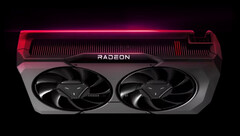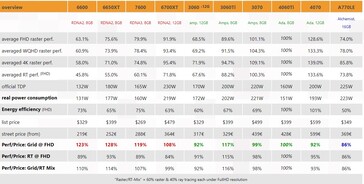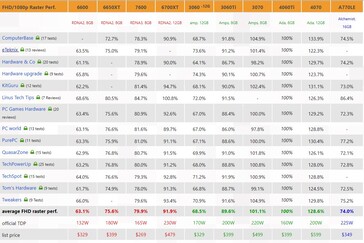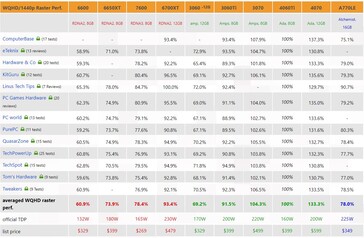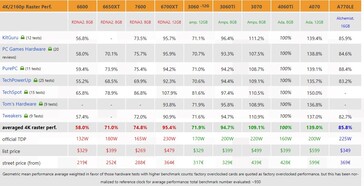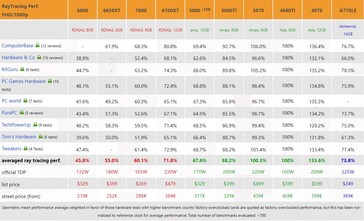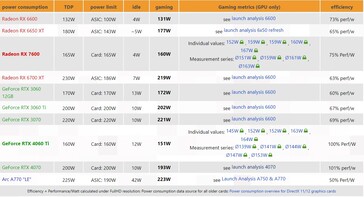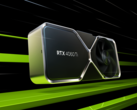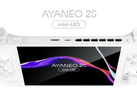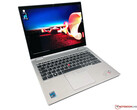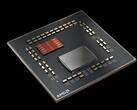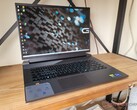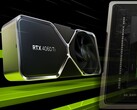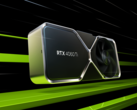AMD launched the first budget RDNA 3 GPU, the RX 7600, on May 24 with the promise of RTX 3060-beating performance. Reviews of the card went live on the same day revealing that, although the GPU outperforms the RTX 3060, it fails to offer an exciting generational increase in value partly due to the now-small 8 GB of VRAM. 3DCenter has now published their launch review roundup of the RX 7600 allowing us to confirm that the RX 7600 indeed offers no price/performance benefit over the RX 6600.
RX 7600 rasterization performance at 1080p
For starters, 3DCenter’s analysis shows that, on average, the RX 7600 is 26.6% faster than the RX 6600 in rasterization at 1080p. This performance advantage naturally shrinks to 5.7% vs the RX 6650 XT. Compared to the GeForce RTX 3060, the RX 7600 appears to be 16.6% more performant in rasterization/FHD. So, AMD’s debut budget GPU boasts a healthy, if not remarkable, performance increase over its predecessor and the RTX 30 competitor from last gen.
Rasterization performance at 1440p and 2160p
Moving on to 1440p performance, the RX 7600 comes out ahead of the RX 6600 by a considerable 29%. The RX 7600’s performance bump vs the RX 6650 XT is a much less impressive 6%. On the NVIDIA side, the RTX 3060 also gets trounced by the RX 7600 by a margin of 13%.
Although almost nobody will use the RX 7600 for 4K gaming, it is interesting to note that the GPU brings a 29% boost over the RX 6600, a 5.3% uptick over the RX 6650 XT, and a performance uplift of 4% vs the RTX 3060. Here, the RX 7600’s performance gain doesn't change vs its RDNA 2 predecessors while the RTX 3060 has crept up possibly thanks to its higher memory bandwidth (360 GB/s vs 288 GB/s).
Ray tracing performance at 1080p
In addition to the RX 7600’s improved rasterization showing, the card also brings a significant increase in ray tracing performance. Per 3DCenter’s review roundup, the RX 7600 is 31% faster than the RX 6600 in RT at 1080p. Although not massive, the GPU is also better than the RX 6650 XT to the tune of 9.3%. Since the NVIDIA GeForce cards have traditionally outperformed the AMD Radeon GPUs in RT workloads, it is no surprise that the RDNA 3 RX 7600 is 11% slower than the last-gen RTX 3060 here.
Power consumption and performance/price ratio
The RX 7600 is rated for 165 W vs 132 W and 180 W of the RX 6600 and the RX 6650 XT respectively. According to 3DCenter, the card consumes 160 W during gaming which translates to a performance/watt benefit of roughly 3% and 15% over the RX 6600 and the RX 6650 XT which consume 131 W and 177 W respectively.
Compared to the RTX 3060 with a gaming power consumption of 172 W, the RX 7600 offers 25% more perf/w on average.
Disappointingly, the RX 7600 doesn’t offer any performance/price benefits over the RX 6600 and the RX 6650 XT thanks to the last-gen cards enjoying deep price cuts. For instance, the RX 7600 regresses by 3% in perf/price vs the RX 6600 making the new board a tough sell.
However, since the RTX 30 cards are still significantly overpriced compared to their RDNA 2 rivals, the RX 7600 boasts 16% better perf/price vs the RTX 3060.
Long story short, the RX 7600 is a meaningful upgrade over the RX 6600 and the RX 6650 XT when it comes to FHD gaming, but brings no practical perf/price and perf/w benefits to the table over the GPU that it is replacing which is unfortunate news for hopeful budget gamers.




